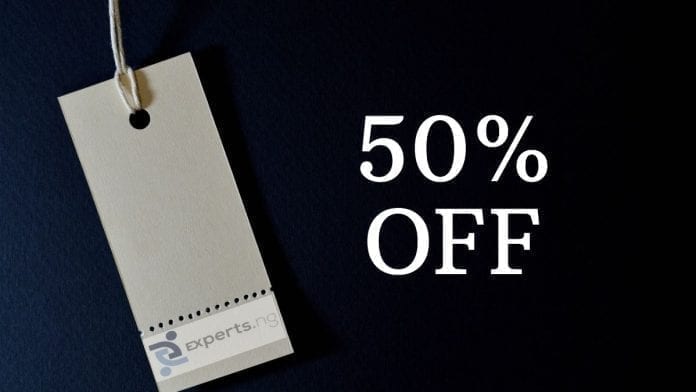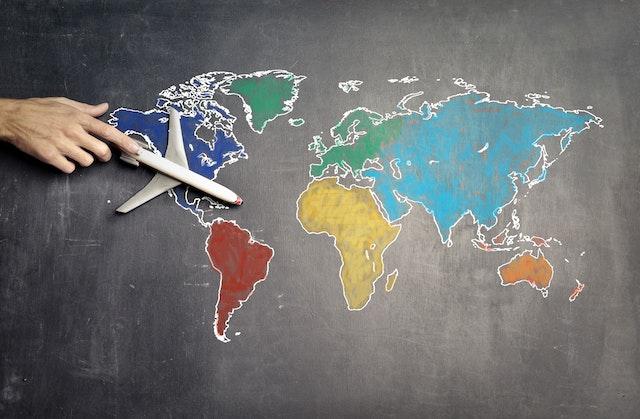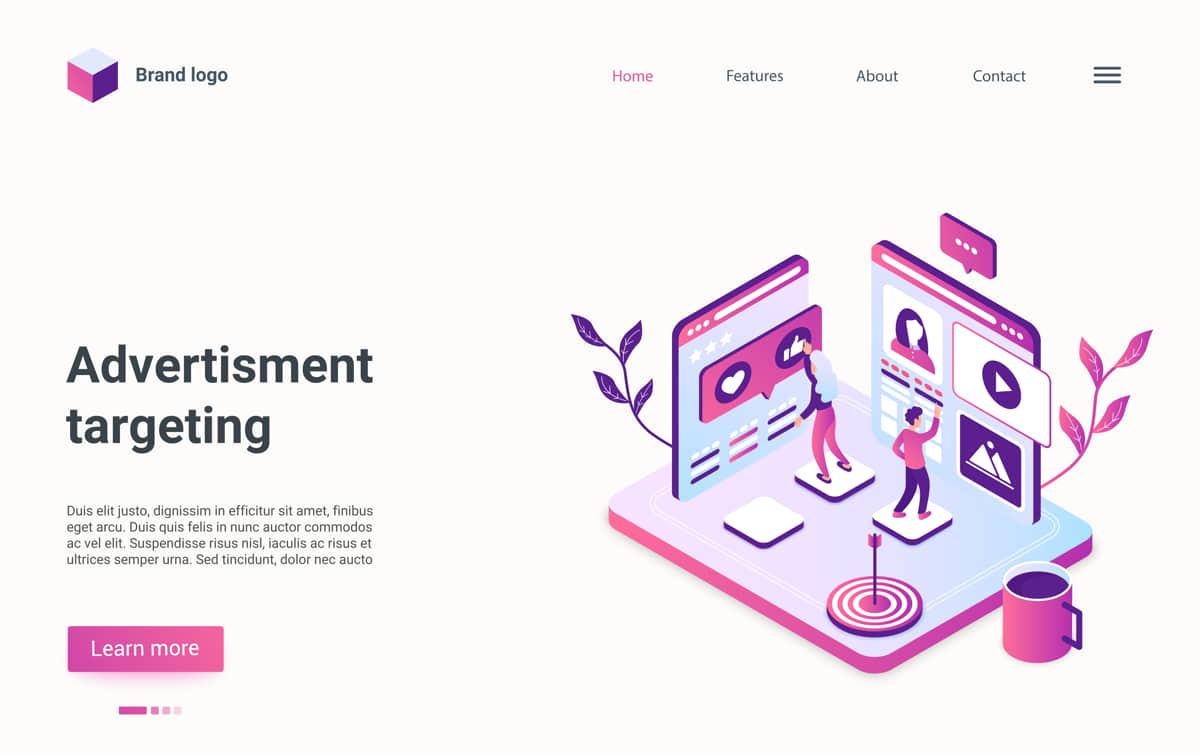Price details value. It’s the first thing everyone wants to know. How much was it?
It defines status. Shoppers want to brag about how expensive a product is or how well they bargained on a deal?
Price is an intricate part of any business process, as it sets the market value of the product or service rendered by a business.
This is why pricing is integrated into a company’s marketing plan.
While marketing is the summary of activities that promote the buying and selling of products and services, price is essential to marketing.
The price determines if a deal would close.
Now, the aim of marketing is costumer satisfaction and business profit.
This definition makes it look easy, but marketing entails a whole lot. It makes coming up with a product idea look easy.
Drawing up a marketing plan, now that’s real work.
As an entrepreneur, you have to anticipate consumer needs and proffer solutions that are timely and more efficient in other to attract customers and make sales.
Then you have to consider the cost of acquiring goods, manufacturing, marketplace, competition, market condition, brand, and quality of the product.
Then you have to consider other factors such as, the product, place and promotion in other to determine the price.
These four Ps are the pillars in marketing: Product, price, place, promotion.
- Product refers to all services designed to meet consumer need. The product design, range and quality are put into consideration under this aspect of marketing decisions.
- Price refers to the amount paid by the consumer, and it takes into consideration the customer’s perceived value of the product.
- Place describes the channel of distribution and location of the business as well as other logistics.
- Promotion entails all details and channels for advertising and PR.
Contents
Marketing strategies
Marketing strategies can be based on any of the following marketing orientation:
- Product
- production
- Sales
- Marketing orientation which could be customer orientation or organizational.
Your product may meet an immediate need of a customer or satisfies a customer’s wants, but demand chain determines sales.And demand is only possible when consumers have the buying capacity.
In the Nigerian Market, one of the ways businesses have approached demand-related problems in Nigeria is by creating cheaper options.
The market reacted unexpectedly in what is termed the Sachet economy. or as one user described it; ‘the sachetization of Nigeria market’.
SEE: 5 Developmental Strategies For Small Businesses
What is a Sachet Economy?
Sachet economy refers to the practice of buying consumer goods in single use packs. The term ‘Sachet Economy’ Derived it’s name from the mode of packaging.
Pricing Strategy
Note that your pricing strategy differs from pricing tactics. Your pricing strategy is a long term pricing model that is sustainable, while pricing tactics are short term goals to enable you to clear up inventory or beat competitive prices. Here are seven price strategies to consider:
Customer-based pricing —Recognizing varied customer base and differentiating prices to cut across the different market.
Relationship-based pricing —In other to attract new customers and maintain older clients marketers adjust pricing based on customer relationship with the business.
Operational based pricing —simply calculating your costs and adding a mark-up the goal is to match demand and supply
Revenue oriented prices —setting a price with the aim of Maximizing profit in other to create surplus income.
Optional pricing — Creating product variety in other to give the consumer an option to add or remove certain features in other to alter the bargain.
Value-Based Pricing — Setting a price based on how much the customer believes what you’re selling is worth, luxury brands and art creations are mostly priced based on perceived value.
Social oriented pricing —These prices are set to discourage or encourage certain social behaviors.
Pricing tactics
Giveaways:
This is a tactic used by marketers to attract or reward loyal customers. Depending on the model of your business, giveaways require a level of commitment from the client, in terms of participating in raffle draws.
Price bundling:
You’ve seen this often. Buy one get one free. Markets merge products that attract sales with other products in other to encourage sales.
Discounted sales:
Perhaps the biggest sales season is the black Friday discount sale. This is mostly done to discard old inventory and is often seasonal. The catch is these products are hardly truly discounted. It’s a tactic to attract customers to believe they’re getting more for less. Few brands run honest discount.
Penetration pricing:
This is a tactic employed by new brands. They enter the market at low prices and then increase it over time. Underdogs use this approach to poach customers from competitors. A good example is Bigi Cola disrupting the Lagos market, and threatening brands like Pepsi and Coca-Cola. How? At a time when Coke introduced a solo bottle for 100Naira, and bigger boy for 150Naira Bigi offered to sell at 100 for a bottle size slightly bigger than coke’s bigger boy. Bigi also targeted their promo to benefit hawkers and retail sellers, a strategy that had never before been used.
Price skimming:
Like penetration approach, but this time, brands approach the market with slightly higher prices. These prices drop when competition enters the market.
Limited offers: Time-bound product and limited offers create a sense of importance and has had a great influence on the minds of consumers.
There are no bad tactics; there are, however, tactics that do not suit your brand. Luxury brands avoid giveaway approach but may opt for the sales bundle tactics.
YOU MIGHT LIKE: NESG: FG to Rethink Nigeria’s Economic Fundamentals
Mistakes in Pricing
The market is never stable as a result, brands have to constantly evolve to meet the market demand and consumer values.
The factors that guarantee the success of a pricing strategy are fleeting.
When Cowbell introduced sachet milk in the Nigerian market, it was well-received. It made a huge mark on the childhood stories of many Nigerians. In 2020, brands who used the same strategy met a rather hostile audience.
This LinkedIn user says that; Although producing in sachets might be the best marketing strategy for Nigeria, especially with a high inflation rate – it leads to an increase in trials and sales among the underprivileged. It is a terrible idea for the environment as these types of plastics are almost impossible to recycle.
Before you copy a brand pricing tactics, consider your users and social influences. Run close surveys and take note of feedback. This would save cost and business image.
Conclusion
Pricing is as important to the business as it is to the consumer, so it’s worth studying. Your goal as an entrepreneur is to make sales. Slow on sales? Try a new marketing strategy or change tactics!























